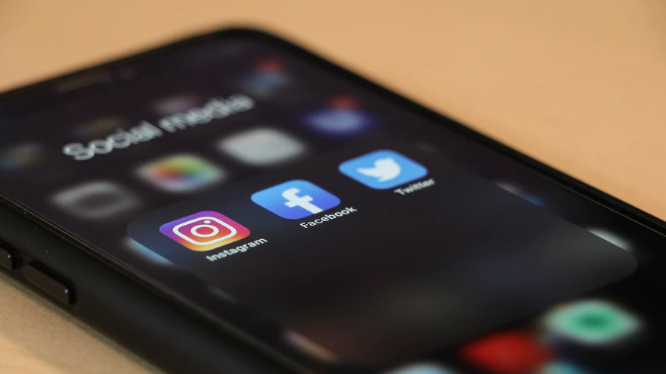They have been part of our daily lives for more than 20 years and had the goal at birth to connect people, regardless of the distance they were at, to constitute an inclusive and, above all, sharing phenomenon. They are social networks.
In recent years we have witnessed different assessments of the purpose and merit of some social networks, precisely from 2016, when Facebook, via Cambridge Analytica, was connected as a platform influencing the outcome of the US presidential elections, the even occurring in the Brexit referendum. We know today that the epilogue to these episodes resulted in a $ 5 billion fine.
Since then, several social platforms have contributed to the controversy, be it Twitter, which brings together a set of more extreme positions on different subjects, or WhatsApp, which was accused of being the transmitter of fake news that interfered in the elections of Jair Bolsonaro, in Brazil or Narendra Modi, in India. The most recent example of these controversies is the fact that some brands have banned Facebook, considering that no objective measures were taken to limit racist behavior, through the content published there.
Political issues aside, which are not the subject of these texts, it is important to reflect a little on the specific characteristics of some social networks and to assess their contribution to the transformation of communication between people in a modern society and to a better understanding of consumers.
Among these, WhatsApp stands out, which represented the first option in the confinement period as a means of communication to bring people, families and groups (personal or professional) together. The platform was purchased in 2014 by Facebook for 19 billion dollars, with the aim of guaranteeing privacy in the communication between sender and receiver, either at an individual or group level, which did not happen on the other social networks. At the time, it had 450 million users, whereas today that number has risen to 2.5 billion.
Its success is due to the fact that it is positioned in a space previously occupied by emails, typical Facebook posts and SMS, precisely where texts, links, photos or voice are shared. The success was such that, since March this year, the number of WhatsApp users has grown by around 40% worldwide. Furthermore, its use entered the business domain sharply, placing project teams, functional areas of the company and interactions with customers under the same “antenna”. But always in a closed circuit.
If Facebook, Twitter or Instagram are open spaces where everything can be scrutinized and evaluated, often questioning the lack of privacy, security and identity, WhatsApp is a restricted access space.
Precisely for this reason, he invites his users, depending on the group in question, to communicate in a more authentic, intense, playful, emotional and creative tone, which is not always the case on open social networks. We know well that no one is as happy as he advertises to be on Facebook, as attractive as sharing on Instagram or as hostile as he proves to be on Twitter. And in many cases we don’t even know who shares it (remember that Facebook eliminated more than 5 billion fake accounts in 2019).
The election of WhatsApp as a privileged means of communication is related to the ability to segregate communication through the constitution of groups, regardless of their size, allowing to segment the community into small niches. It is as if it were several voluntary confinements.
But be careful, WhatsApp has a double facet: in addition to the transparency, authenticity, friendliness or hostility that comes out in personal communications, the platform can also assume a mass role and stop operating in a closed circuit. Just think that by allowing groups of up to 256 people to form, if each participant spreads the word of mouth to other groups of the same size, we will have an immediate effect of 65,536 impacts. This is not really a restricted circuit and can very well be used for political purposes, marketing, or even to generate fake news. Anyway, to get the message across, regardless of its purpose. Brand communication should pay more attention to this phenomenon.
There are more social networks than others. And there are people! Which, depending on the content, widen or tighten the bond that involves all those with whom one intends to communicate. It will be an excellent market segmentation algorithm in the future.
in https://linktoleaders.com/redes-sociais-umas-mais-que-outras-pedro-celeste

